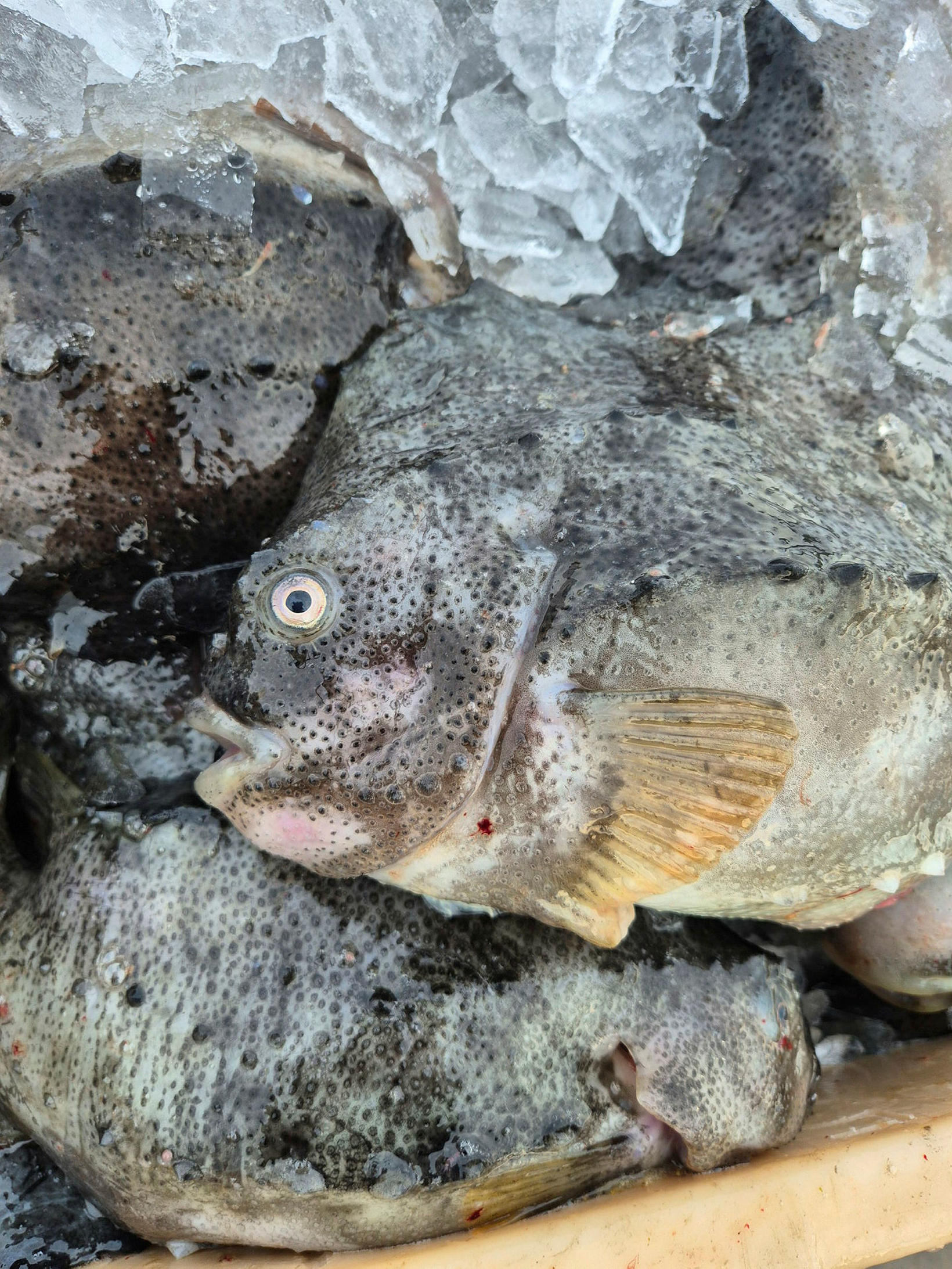Dandelion experts do not get out quickly
/s3/static.nrc.nl/images/gn4/stripped/data131664610-74d6d6.jpg|https://images.nrc.nl/bF-xPJ-_K9aQdWpYflqhmLm3bmg=/1920x/filters:no_upscale()/s3/static.nrc.nl/images/gn4/stripped/data131664610-74d6d6.jpg|https://images.nrc.nl/wSnqDTiOU4Zjc9Vj4cRk9qxRfJk=/5760x/filters:no_upscale()/s3/static.nrc.nl/images/gn4/stripped/data131664610-74d6d6.jpg)
Both the bright yellow flowers and the fluffy white seed balls are currently getting the sidewalks, the verges and the gardens. It is therefore one of the few plant species that almost everyone in the Netherlands can mention by name: the dandelion. Yet the gender is Taraxacum Within the Botany, on the contrary, particularly complicated. For example, many a Taraxacologist has already considered the question of how many dandelion species there are.
A century ago there was only one species mentioned in school floras, Taraxacum Officinalwith at most a few subspecies. Just appeared Field guide for dandelions Van Karst Meijer and Erik van den Ham, on the other hand, are described more than one hundred and fifty species – and those who also include the rarer copies will soon be a thousand species in the Netherlands. Admittedly, these are officially ‘micro species’: no separate taxonomic unit, but can be distinguished from each other on the basis of their appearance. But still: a thousand! And the foreign species are not even included. In Japan, for example, there is also a pink dandelion.
Don’t wait too long
For Taraxacologists in Spe (and for anyone who wants to learn something about nature in their own backyard), the field guide is full of information. Meijer and Van den Ham in words and image extensively how you can collect dandelions for their own herbarium. Tip: don’t wait too long, because gathering after the end of May makes no sense anymore. « The plants then have totally different leaves and different ground forms occur. »
This is followed by tips for the determination: Microsreen can be distinguished, among other things, on the basis of the steel’s hair, the shape of the leaves and the ribbon flowers, whether or not striped. Because yes, one dandelion consists of a hundred different flowers: every yellow ‘ribbon’ is a separate flower.
In the determination key it appears that the micro species can be divided into different sections. Just like lichen and mushrooms, for example, Taraxacum sections also appear to have wonderful names. What to think, for example, of the green horseshoe horses flower, the Schraalland horses flower or the very lobed helmet horse flower?
The fact that studying dandelions is a serious activity is evident from the beautiful historical photos in the book. We see ‘Nestor’ Johan van Soest in a three -part chalk stripe suit with slit hat sitting in a bright yellow pasture; Further on, the famous biologist Piet Oosterveld is entering. He hibernated in the sixties at Spitsbergen and survived the attack of a polar bear in the 1980s. In the Netherlands, in his hometown Bovensmilde, he focused on growing dandelions. A less dangerous study object, although a warning is in place: the Taraxacology can be addictive.

/s3/static.nrc.nl/images/gn4/stripped/data131884150-bbb2cd.jpg)
:format(webp)/s3/static.nrc.nl/images/gn4/stripped/data131667350-cf6287.jpg)
:format(webp)/s3/static.nrc.nl/wp-content/uploads/2025/05/07202942/data131903815-c57ec5.jpg)




